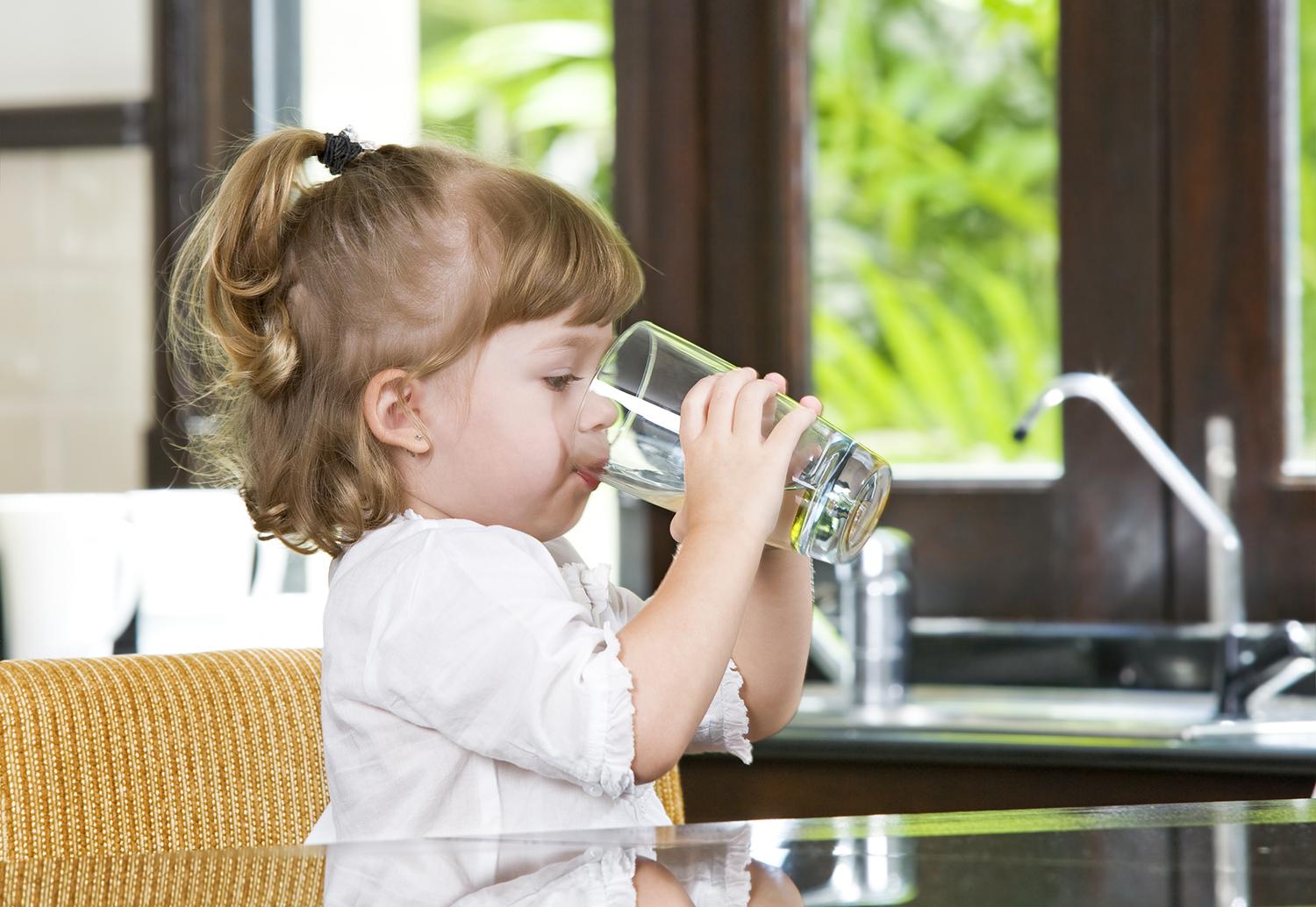Many people receive their water from a mains or town water supply; the benefit with this water supply is that usually, the local government authority has a water treatment plant in place to get that water to a condition where it meets drinking water guidelines and is safe to drink.
The reality is that most homes are several kilometers from the water treatment plant and so the government has to add chlorine in most situations to try and ensure that bacteria can’t grow in the water. Also due to these long pipelines and the fact that many of the pipes are quite old, by the time the water gets to your house it has picked up dirt and other contaminants, in some cases bacteria along the way. Some areas, due to limestone in the soil in the water supplies catchment area, have elevated levels of calcium & magnesium, also known as hardness.
Chlorine
There are a few advantages when treating large volumes of water (for distribution to a city, for example) but, there can also be a few undesirable side effects for the end user. One of the most common complaints is caused by the addition of chlorine.
The reason for adding chlorine to the water is to kill bacteria and provide a micro-bacteriologically safe supply of water to consumers. Chlorine is cheap, relatively easy to manage and is a great disinfectant. Unfortunately, the treatment plant is often a long way from the consumer, so high doses of chlorine can be required to try to ensure it remains effective all the way to the tap.
If you’ve ever noticed a ‘cleaning chemical’ smell or taste in the town water, or have experienced stinging eyes or dry skin after a shower, you have probably used chlorinated water. Also, chlorine often reacts with the natural organic materials in water to create trihalomethanes, amongst other things, which are not so good for our health. Fortunately, with a good quality carbon filter, all of these things can be removed, leaving you with great tasting water, which is also healthier for you.
Bacteria and Sediment
Naturally, you would think it’s quite essential that bacteria and sediment would be removed from mains water before it reached your home. However, with large distribution networks also come issues such as broken pipework or damaged infrastructure. This means in instances where repairs and maintenance have been undertaken the water quality can be compromised with dirt and bacteria after it has been deemed to meet drinking water standards. So, though the water authority may have done its best to treat the water with chlorine or another method, bacteria and dirt can still arrive at the point of use.
Hardness
If you have hard water, you’ll notice white crystallisation deposits in places like your kettle, your hot water service (if you look inside) and perhaps even on the head of your shower or end of your tap.
Other Issues
By no means is the list of issues above exhaustive. There are other things that can be found within mains water. Some water sources that come from a bore have levels or iron in them which can cause issues with staining. Fluoride is another compound found in water that concerns some people and even heavy metals, to a low level.
Keep in mind that water authorities are also going to work to drinking water guidelines and they have various different standards that are available to download.
Most importantly, remember the system that is right for you will depend on what you’d like to achieve as well as your water source. The best way forward, once you’ve decided you’d like to filter your water, is to ring and speak to an expert. The Puretal team is happy to discuss your circumstances and what is the right fit for you and your family, simply give us a call or browse our website for more information.
Post time: Apr-23-2024


